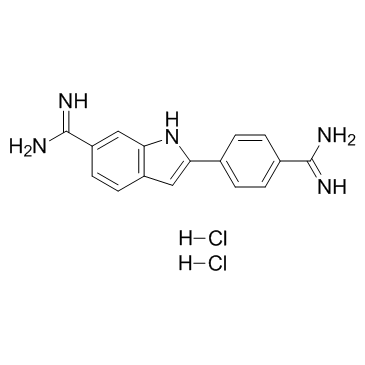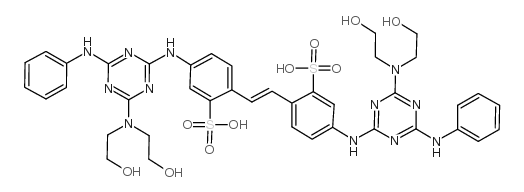| Structure | Name/CAS No. | Articles |
|---|---|---|
 |
4',6-Diamidino-2-phenylindole dihydrochloride
CAS:28718-90-3 |
|
 |
Fluorescent Brightener 28
CAS:4404-43-7 |